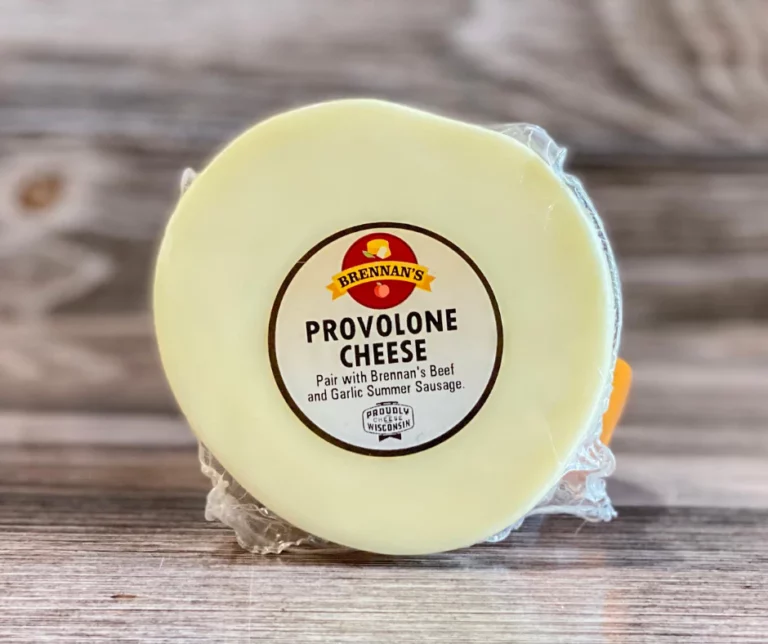Do You Need To Peel Potatoes?
Peeling potatoes is a common kitchen task that many home cooks do without thinking twice. However, leaving the skins on potatoes can provide some benefits. This article will examine the pros and cons of peeling vs. not peeling potatoes.
Nutritional Benefits of Potato Skins
One of the best reasons to leave potato skins on is that they contain a significant amount of nutrients. Potato skins contain fiber, iron, potassium, magnesium, vitamins C and B, antioxidants, calcium, and riboflavin.
Fiber is essential for digestive health. Potato skins contain about half of the total fiber of the entire potato. The skin of one medium potato provides 3 grams of fiber. Getting adequate fiber prevents constipation, stabilizes blood sugar, lowers cholesterol, and contributes to weight management.
Iron is necessary for oxygen transport in the blood and proper immune function. Potato skins contain over 80% more iron than the flesh. The skin alone provides 10% of the recommended daily iron intake.
Other key minerals found in the skins are potassium and magnesium. These minerals support nerve signaling, muscle contractions, fluid balance, and blood pressure. The potato peel provides about 40% of the total potato’s potassium and magnesium content.
In terms of vitamins, potato skins contain a comparable amount of vitamin C as the flesh. They also provide B vitamins like thiamin, niacin, and riboflavin. Riboflavin is essential for turning nutrients into energy and potato peels contain 5 times more than the flesh.
Potato skins also deliver antioxidants, mainly chlorogenic acid and anthocyanins, which counter inflammation and prevent cellular damage. Lastly, the peel boasts way more calcium than the tuber – about 7 times as much. Calcium is vital for building and maintaining strong bones.
Clearly, leaving potato skins on packs a powerful nutritional punch.
Environmental Impact of Potato Waste
Another reason to keep potato skins on is that peeling results in food waste. Potatoes are one of the most commonly grown and eaten vegetables worldwide. In fact, over 300 million metric tons of potatoes are produced globally per year.
With over 4000 types of potatoes enjoyed, peeling them leads to a huge amount of waste. Composting the skins can reduce this waste, but not eating them in the first place is a better option. Being mindful about food waste is beneficial for the environment.
When Peeling Potatoes is Recommended

While potato skins provide an impressive amount of nutrients, there are some valid reasons to peel them.
Some potato crops are sprayed with pesticides and insecticides. Washing potatoes helps remove residue, but peeling them further reduces any lingering chemicals. This is especially prudent if the potatoes have dirt clinging to the skin.
Potatoes sometimes develop blemishes, scabs, and green spots. Green skin results from sun exposure and indicates the presence of solanine, a toxic compound. Any green areas or deep eyes on potatoes should be peeled away.
Certain recipes, like mashed potatoes, call for peeled potatoes. Removing the skins ensures a smooth, creamy texture. Personal preference also plays a role. Some enjoy the taste and texture of peeled potatoes over skins in dishes like potato salad.
Potatoes with Thin Skins
Luckily, not all potato varieties need peeling. Some have naturally thin, delicate skins perfect for leaving on.
New potatoes are young, small potatoes harvested before maturity. Their skins are paper-thin and tender. Fingerling potatoes are a popular new potato.
Thin-skinned potatoes like Elba, Nicola, Onaway, and Ozette contain minimal peeling. Their light color also limits darkening when cooked whole.
Waxy potatoes like Yukon gold, red creamers, and purple Peruvians have slightly thicker skins that hold their shape well when boiled or roasted whole. Their moist texture and medium starch content make them ideal for soups, stews, and potato salads.
Potatoes Best Cooked Whole
Other types of potatoes have thicker skins but are still great cooked unpeeled.
Colored potatoes including blue, purple, red, and yellow contain delicate skins that add visual appeal. Baking or roasting brings out their naturally bright hues.
Russet potatoes have brown, netted skin that gets deliciously crispy when roasted or fried into chips or fries. Their high starch content makes them ideal for baking into fluffy baked potatoes too.
Floury potatoes like King Edwards, Maris Piper, and Blue Congo contain a very dry, fluffy texture. Their skins add more flavor and nutrients to mashed or boiled potatoes.
Key Nutritional Benefits of Potato Skins
To recap the major nutritional advantages of eating potatoes with their skins:
- Iron: Potato peel contains over 80% more iron than the flesh, providing energy and immune support.
- Fiber: Skins hold about half the fiber of a whole potato, aiding digestion and gut health.
- Antioxidants: Skins possess antioxidants like chlorogenic acid and anthocyanins that reduce inflammation.
- Vitamin C: Skins and flesh contain similar Vitamin C levels, supporting immunity.
- Potassium: Skins provide around 40% of a potato’s potassium, which benefits muscles and nerves.
- Magnesium: Skins offer 40% of a potato’s magnesium as well, assisting bone strength and heart health.
- Calcium: Peels contain seven times more calcium than the tuber to maintain bone density.
- Riboflavin: Skins supply almost five times the riboflavin of flesh for energy production.
How to Remove Potato Skins
If you do need to peel potatoes, there are a few techniques:
- Use a vegetable peeler or sharp paring knife to slice off the skin.
- After cooking potatoes, allow them to cool slightly, then use your fingers to pinch and pull off the skins.
- Boil or steam potatoes whole, then score the skins with a knife. The skins will peel off easily.
- An electric potato peeler simplifies the job for those with arthritis or hand impairments.
Washing Potatoes vs. Peeling
Many recipes call for scrubbing potatoes rather than peeling them. A good scrub with a vegetable brush cleans off any dirt or debris.
The main factors in deciding whether to wash or peel are:
- Speed: Washing potatoes is much faster than peeling.
- Nutrition: Washing retains all the nutrients found in the skin.
- However, for certain dishes like mashed potatoes that need smooth textures, peeling is necessary.
Creative Uses for Potato Peels
Rather than composting those potato skins, some novel uses include:
- Applying them to the skin and scalp for health benefits
- Using them in DIY wart removal
- Scrubbing pots and pans to remove stuck-on food
- Composting them or adding them to worm bins
- Infusing them into homemade vodka or liquor
Getting creative, rather than pitching peels, reduces food waste even further.
Conclusion
Leaving potato skins on provides more nutrients like iron, potassium, vitamins and antioxidants. Skins also add fiber for digestive health and contain less pesticide residue. Potatoes with thin skins like fingerlings or colored potatoes can be cooked unpeeled easily.
However, peeling is sometimes necessary to remove blemishes, green spots, or to achieve smoother potato dishes. Whether you peel them or not, utilizing all parts of potatoes, even the skins, is an environmentally friendly choice.
What do you think? Do you prefer to peel your potatoes or leave the skins on? Let me know in the comments!






